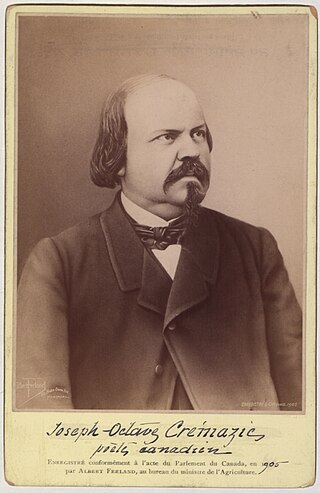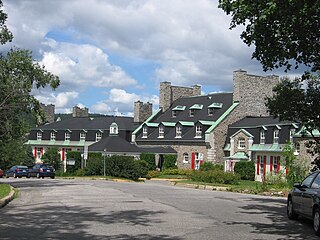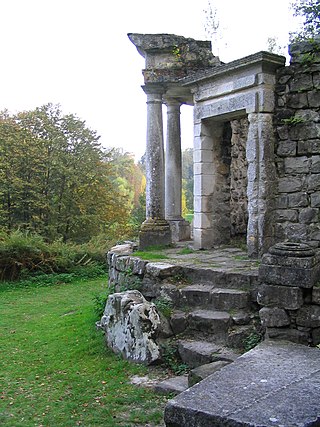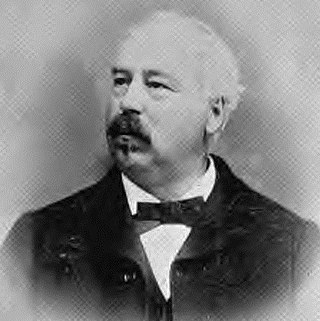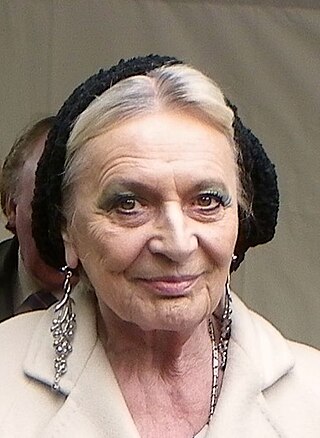1920s and 1930s
Origins

On 16 January 1920, the United States Congress passed a constitutional amendment (the Prohibition Act) prohibiting the production and consumption of beverages containing more than half a percent alcohol. [1] This measure had the direct effect of rapidly ruining New York City cabarets (particularly those in Harlem) and putting their artists out of work. [1]
In 1921, the Taschereau government, in contrast to the rest of the continent, opted for an avant-garde solution: the creation of the Société des alcools du Québec, which allowed legal (and controlled) access to all alcoholic beverages. [2]
From the mid-1920s onwards, a number of artists from the New York scene moved to Montreal to perform in the burgeoning Montreal cabaret scene. By the end of the 1920s, Montreal already boasted several popular nightclubs and clubs: the Boulevard, the Commodore, the Hollywood, the Blue Sky, and the Chinese Paradise Cabaret, as well as American-style clubs and a variety theater heavily influenced by American vaudeville. [1]
However, Montreal's reputation as a major North American cabaret city was confirmed when New York's leading cabaret star, Texas Guinan, arrived in Montreal in 1930 to open the Cabaret Frolics . This star entertainer and singer was known for shouting "Hello suckers!" as she entered the stage at the start of every performance. [3] Texas Guinan caused a sensation on the Main (Saint Laurent Boulevard) but, more importantly, accelerated the popularity of Montreal, and a host of American cabaret artists (MCs, singers, musicians, etc.) also settled in Montreal. [1] A veritable oasis for anyone seeking to escape prohibitionist policies, Montreal quickly established a reputation as a magnet for tourists, investors and gamblers. Cabarets, clubs and betting parlors made Montreal a city of entertainment.
End of Prohibition
The economic crisis of 1929, and especially the end of Prohibition in the United States in 1933, severely affected Montreal's nightlife. Many American stars returned to live in the United States, while American customers became rarer. [4] Frolics Cabaret closed its doors in 1933 after three years of operation.
But by the early 1930s, Montreal's reputation as an "open city" had already been established, and it was beginning to be referred to as the "Paris of North America". Any illicit pleasure could be purchased here at any time of the day or night. The entertainment industry was built on a multimillion-dollar parallel empire, with the gambling industry directly or indirectly financing the nightlife, its activities and its "around the clock" pleasures. [3]
Unfortunately, the New York mafia moved into Montreal, turning it into a little Chicago. [5] Clark Street became famous for its brothels and gambling dens. At the corner of Saint-Laurent and Ontario, the biggest telephone betting exchange in America was set up. All of this helped build Montreal's reputation, [5] a reputation that, with the help of the Mafia, enabled the cabaret scene to survive these difficult years.

